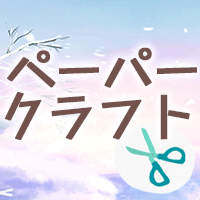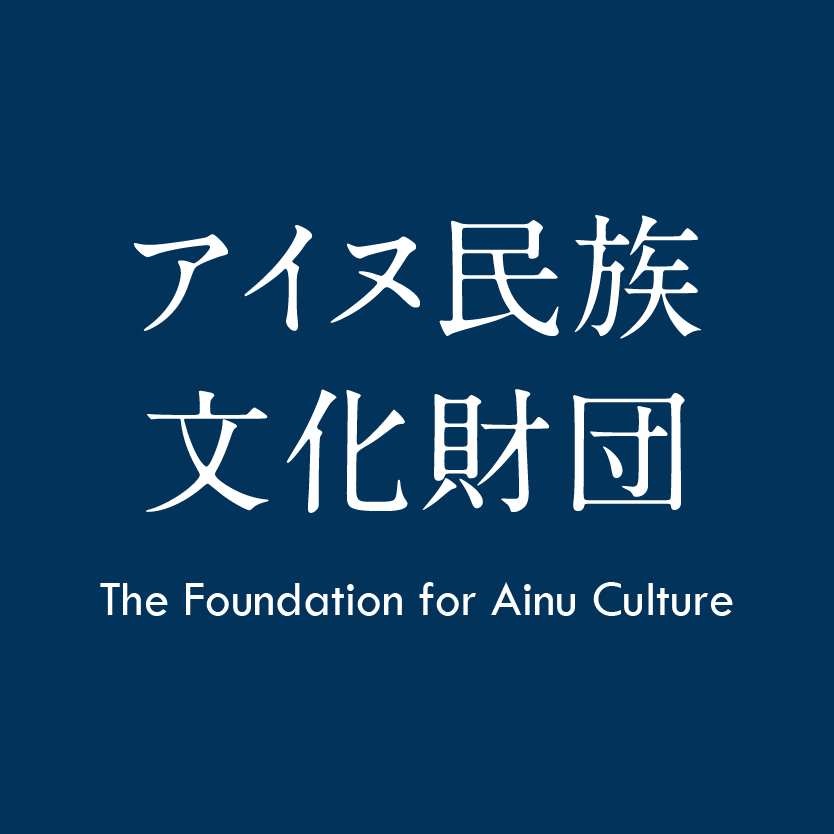

aynu puri | Ainu Culture


The Ainu | The Ainu are an indigenous people from the northern region of the Japanese archipelago, particularly Hokkaido.
In the embrace of the northern Japanese archipelago, notably in Hokkaido, thrives the vibrant and distinctive Ainu culture.
Here, a language unrelated to Japanese weaves tales of spirituality, where every part of the natural world houses ramat(spirits). Traditional dances, a celebration at family events and festivals, and crafts like wood carving and embroidery, adorned with unique patterns, paint a vivid narrative of tradition.
Today, a growing number of people are dedicated to reviving traditional dances based on old records and creating new types of Ainu music.
Learn about the six core themes of Ainu culture showcased in the National Ainu Museum’s permanent exhibition.


itak | Language
Originating from the lands of Hokkaido, Sakhalin, and the Kuril Islands, the Ainu language has its own unique character.
Distinct from Japanese, it shares some word order similarities yet has a number of grammatical differences.
Once solely a spoken language, it has evolved to be transcribed using the Latin alphabet or katakana, a Japanese writing system, supplemented by specialized characters.
Unfortunately, the Ainu language faced a swift decline due to policies to promote the modernization of Japan starting during the Meiji era (1868-1912), earning it UNESCO’s endangered language status in 2009.
urespa | Lives
In the past, Ainu lives were used from a variety of natural materials
Clothing was crafted from animal furs, fish skins, bird feathers, and fibers from grass and trees, along with traded silk and cotton.
Meals, honoring nature’s cycles, featured salmon, deer, seal meats, and seasonal plants. In the cise , the men made tools and tended to the hunting gear, while the women wove clothing, mats, and prepared nourishing meals.
upaskuma | History
The Ainu’s story, integral to the history of the indigenous people of Japan, unfolds through oral traditions and the writings of neighboring peoples.
It stretches from the Paleolithic era to today, marked by expansion and interaction with the surrounding peoples.
Some believe that Ainu culture emerged solely between the 9th and 13th centuries, but it is crucial to view the history of Ainu as a continuous progression through the ages.
nepki | Work
Once, Ainu life echoed in the mountains, where the Ainu hunted bears and deer, and by the coast, where they hunted seals and swordfish and gathered kelp.
The seasons brought the harvest of wild plants – victory onion in spring, giant lily in summer and yellowfin bream in fall – and the bounty of rivers, particularly salmon. Cereals and vegetables were also grown in fields in some regions.
Over time, the Ainu way of life has changed, adapting to new ways and varied work, reshaping their existence in tune with changing times.




inomi | Universe
In the Ainu universe, kamuy (spirit-deities) are not distant entities but omnipresent guardians.
From flora and fauna to fire, water, wind, mountains, and rivers, kamuy manifest in the human world, bearing gifts like meat and furs.
iyomante, a ceremony of hospitality, bridges worlds, honoring ramat of kamuy before they are sent back to the world of their origin.


ukoapkas | Exchange
Active participants in exchanges, the Ainu fostered connections with neighboring peoples—from the ethnic Japanese in the south to the Nivkh, Tungusic, Itelmen, and Aleuts in the north and east.
Through these exchanges, Ainu culture has been passed down through generations, serving as a bridge that connects Hokkaido, Sakhalin, and the Kuril Islands with indigenous cultures worldwide.


Engage in Ainu cultural activities
Exhibitions, performances, workshops – there is always something exciting happening at Upopoy.





